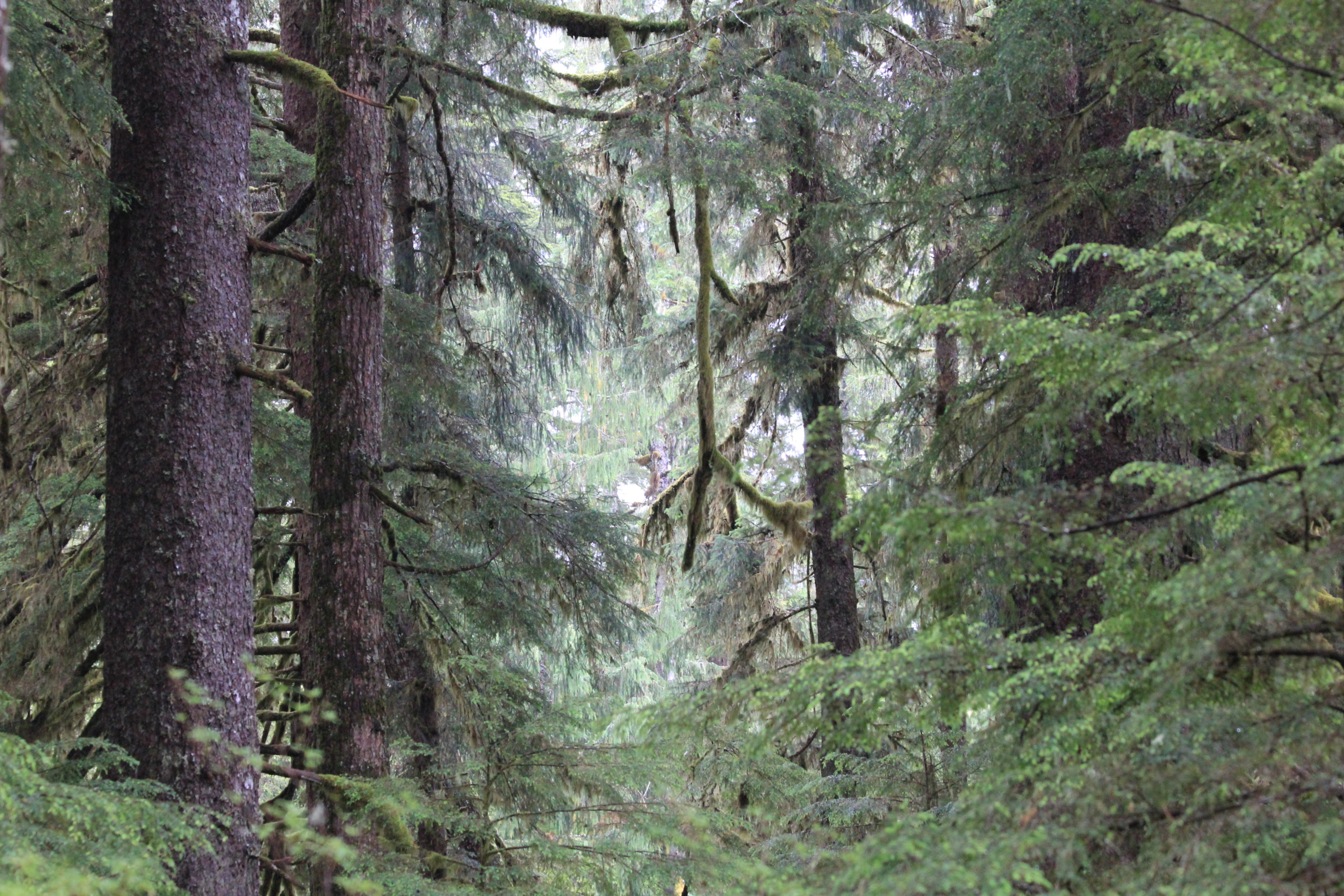
Hope for the Tongass National Forest
President Biden’s first day actions signal a welcome change in direction for wild forest policy.
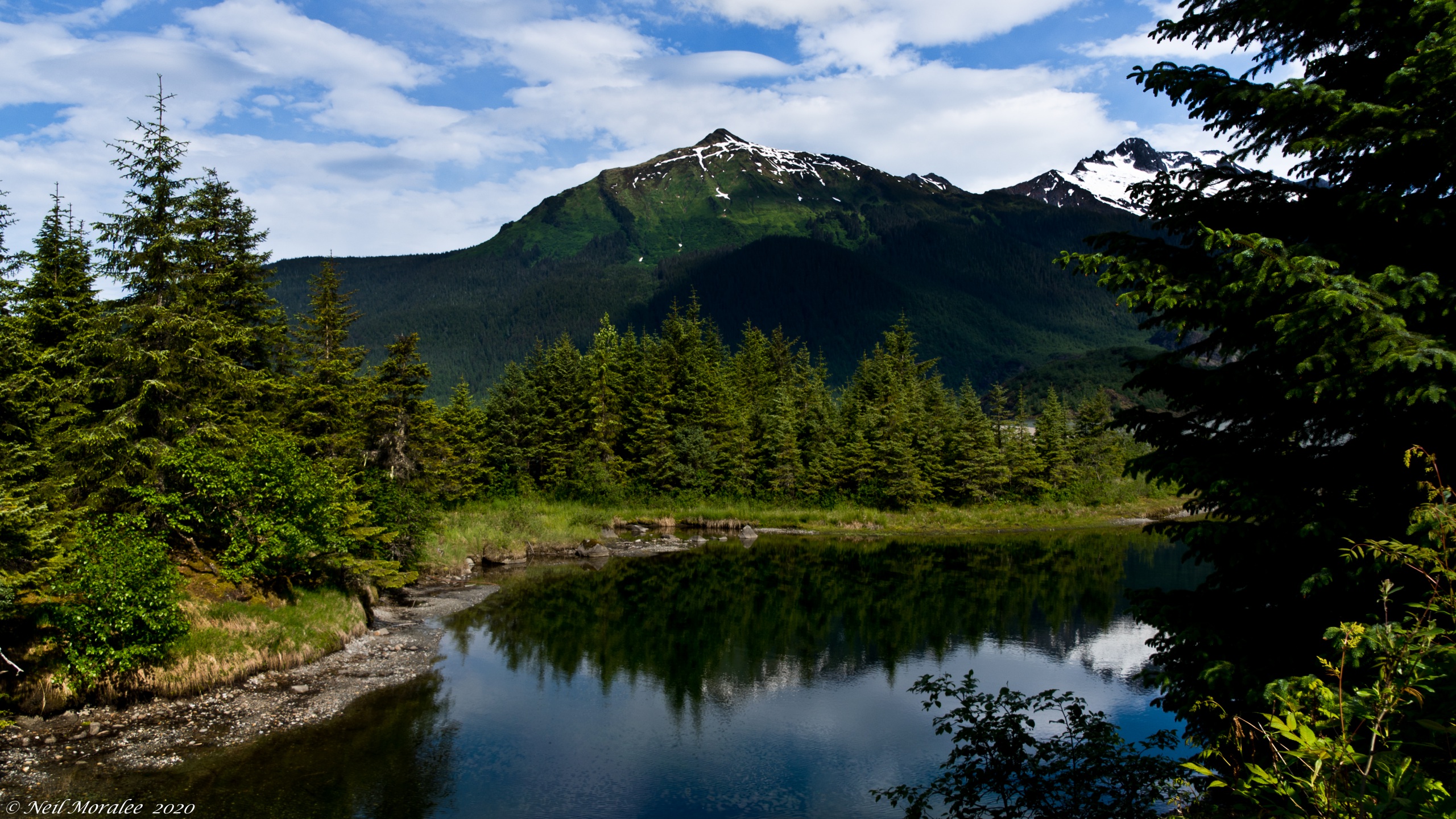
On Inauguration Day, President Joe Biden wasted no time in taking action, signing 17 executive orders. For those of us who care deeply about our wild forests, there was one piece in particular that had us clapping. As part of the “Executive Order on Protecting Public Health and the Environment and Restoring Science to Tackle the Climate Crisis,” President Biden directed the U.S. Department of Agriculture to immediately review a rule finalized in October, “Special Areas; Roadless Area Conservation; National Forest System Lands in Alaska.” Essentially, this means that the Forest Service will be taking the first step toward restoring protections for our largest national forest, the Tongass National Forest in Southeast Alaska.
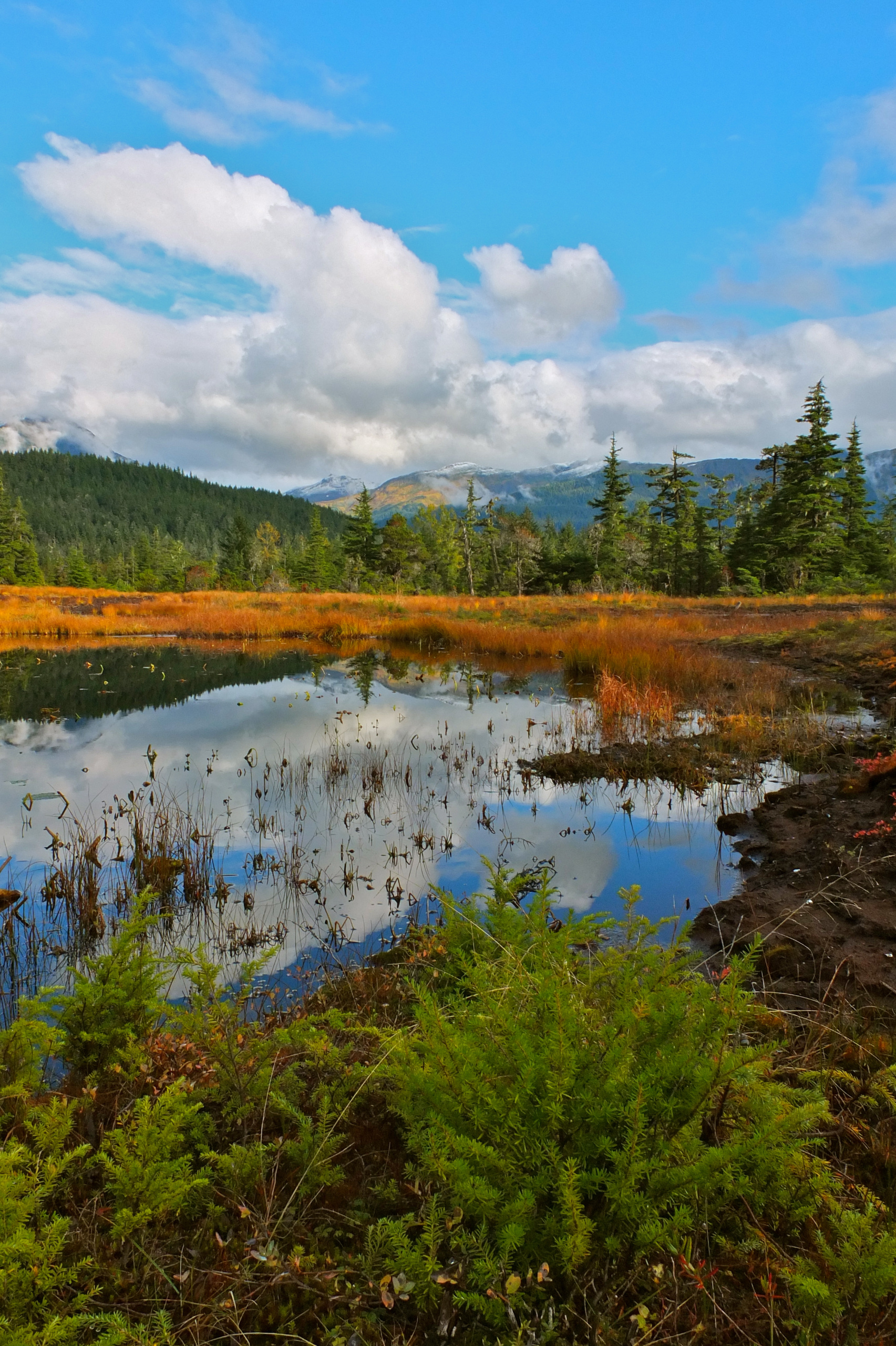
Photo: Joseph via Flickr CC BY-SA 2.0
What is “roadless area conservation”? Twenty years ago, the Clinton administration finalized a key rule that protected wild areas in our national forests. Following feedback from 1.6 million Americans, the regulation, which protected still-wild areas of our national forests from “road construction, road reconstruction, and timber harvesting,” in total safeguarded 58.5 million acres. Known as the Roadless Rule, this important conservation tool has ensured that our wildest and most awe-inspiring spaces wouldn’t suffer from traffic, vehicle noise pollution, or water pollution from vehicle oil and grease.
Beyond that, the Roadless Rule protects these acres from industrial timber harvesting so our forests can grow naturally with different aged trees growing near each other and undergrowth thriving. The larger the roadless area, the more uninterrupted habitat there is for wildlife. This is particularly important for species that need a larger area, such as wolverines who can travel 15 miles a day in search of food, or mountain lions who can range up to 370 square miles. In the case of the latter, most people would rather have the mountain lion range further from their backyards! In addition, prime locations for backcountry recreation have thrived, much to the delight of hikers, climbers, folks who enjoy fishing, snowshoers and cross country skiers.
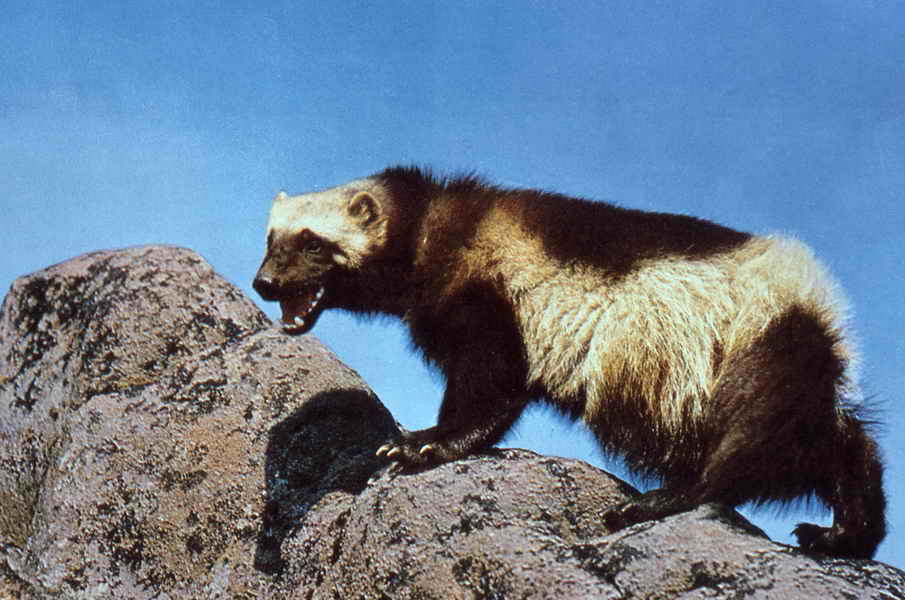
Wolverine Photo: National Park Service via Flickr CC BY 2.0
For people adjacent to these important areas, this protection is priceless. More than 149 million visitors used national forests in FY2019, and nearly half of all visitors came from within 50 miles of those public lands. That means locals’ full enjoyment of these natural spaces are, in part, dependent on this rule. Whether you’re heading off with fishing poles, hiking gear, or a backcountry permit, this regulation means you can truly and fully lose yourself in nature for a couple hours or a few days.
But the full application of the Roadless Rule was put into question in October 2020. The Trump administration finalized a decision that removed these protections from the Tongass National Forest, often called the “crown jewel” of the national forest system.
Now President Biden has started the unravelling process from that ill-conceived decision. With the president’s executive order, the Forest Service will review the decision. Assuming that agency decides the rollback was a bad call, it will likely need to begin a new rulemaking process to reinstate the rule.
Alternatively, there is another path to reinstating protections. Environment America joined Alaskan tribes, southeast Alaskan small businesses, and a coalition of environmental groups to sue the Trump administration in an attempt to stop roads and logging operations from moving forward. If that lawsuit is decided in our favor, the rule’s protections could be immediately reinstated.
The Roadless Rule has saved wildlife, preserved clean water sources, and provided the stage for thousands of hours of recreation and outdoor endeavours for the last 20 years. We must keep it that way for generations to come.
Topics
Authors
Ellen Montgomery
Director, Public Lands Campaign, Environment America Research & Policy Center
Ellen runs campaigns to protect America's beautiful places, from local beachfronts to remote mountain peaks. Prior to her current role, Ellen worked as the organizing director for Environment America’s Climate Defenders campaign. Ellen lives in Denver, where she likes to hike in Colorado's mountains.
Find Out More
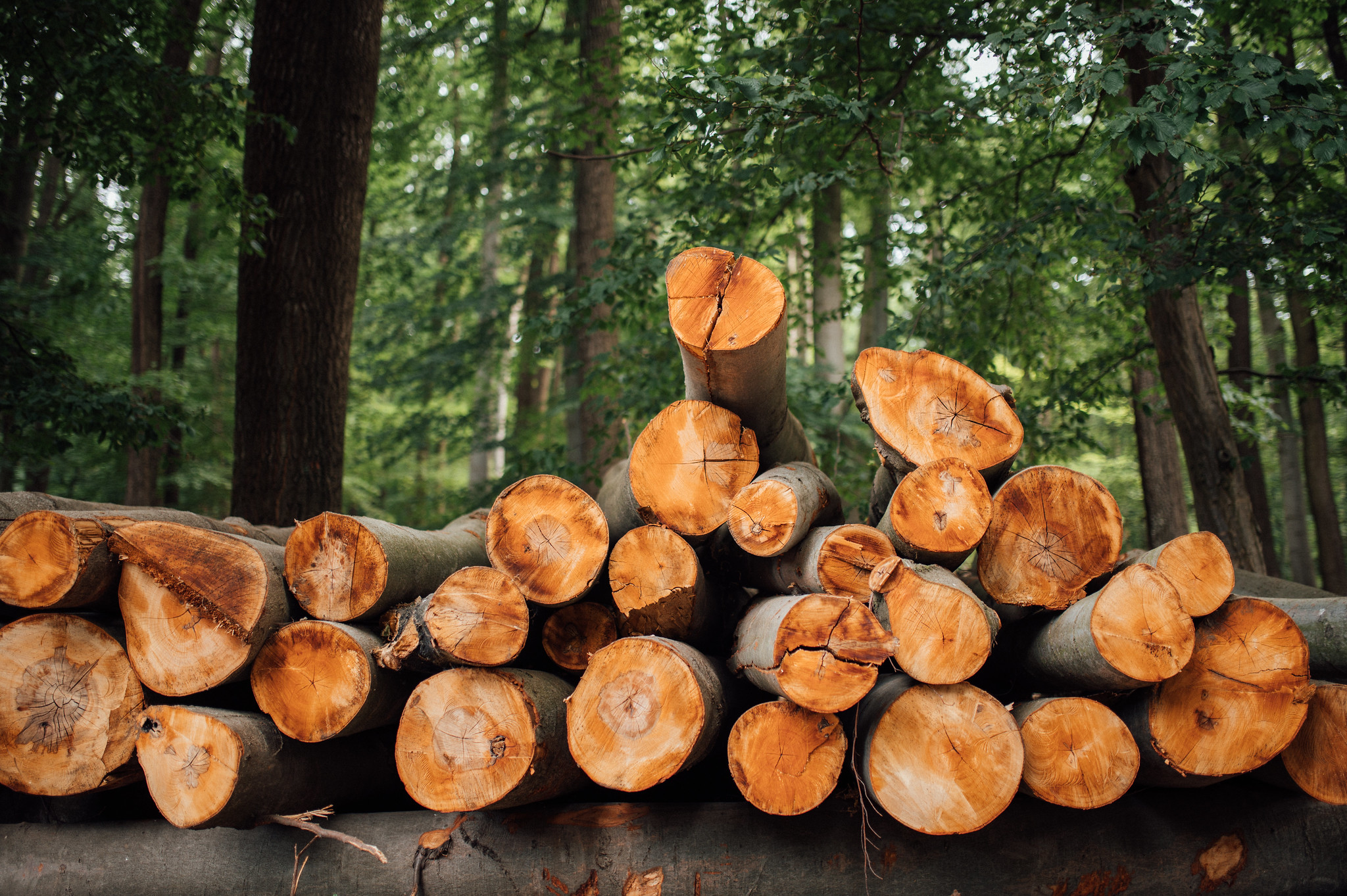
Which toilet paper companies are taking steps to be more sustainable?

Save Arizona’s oldest trees
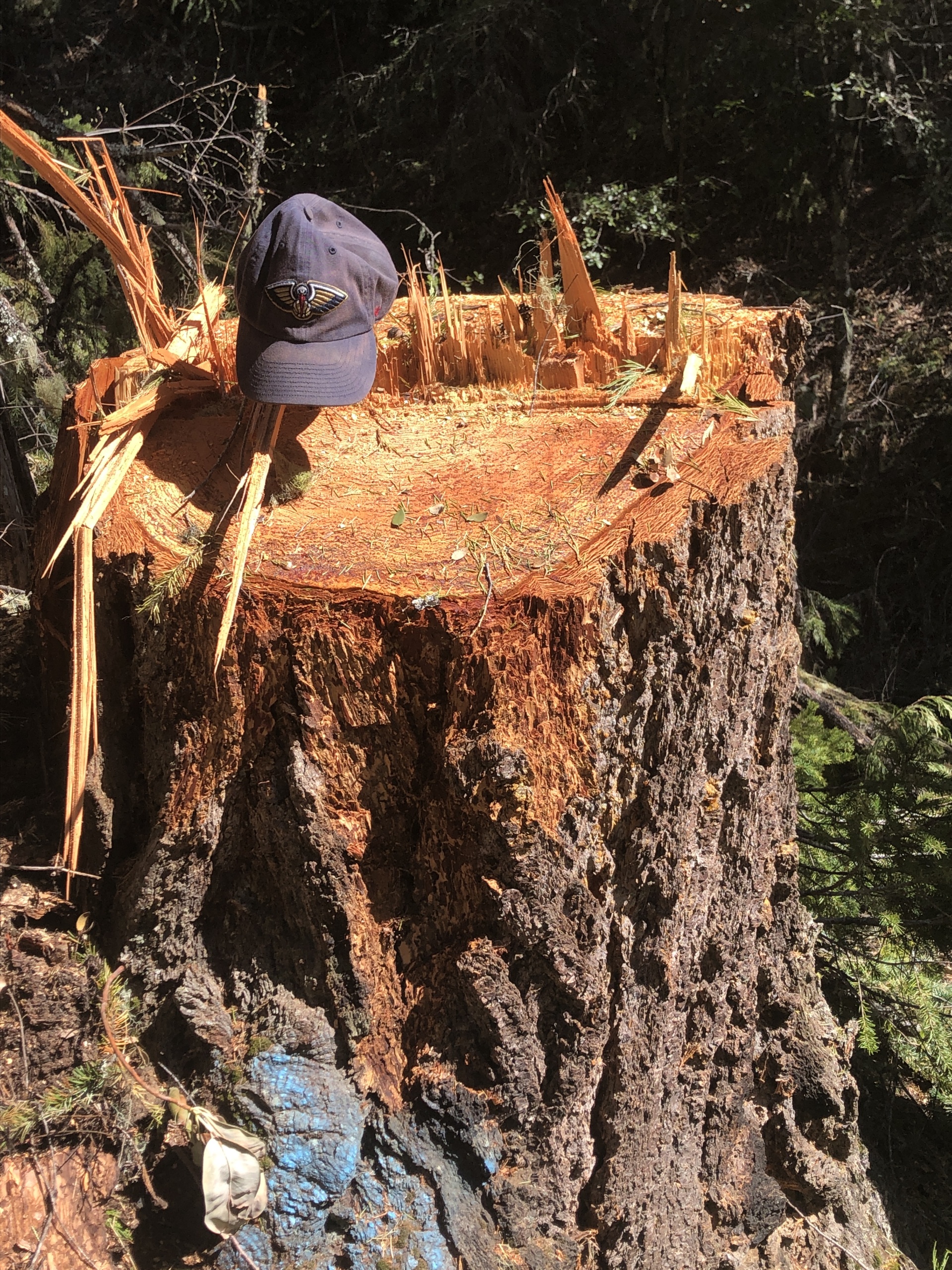
The Giving Tree: What we can learn from a childhood favorite
